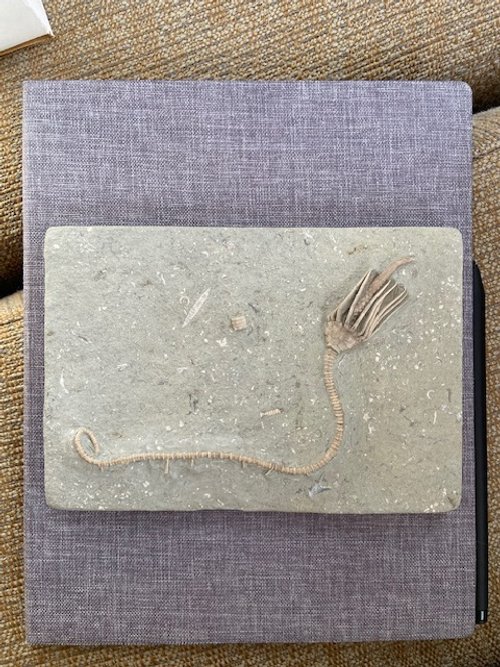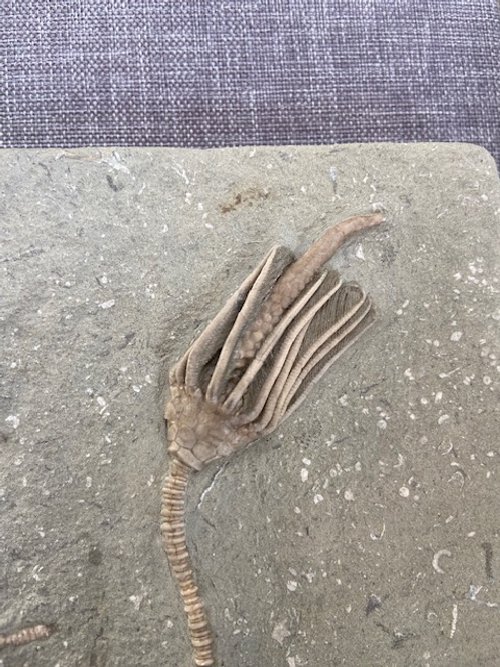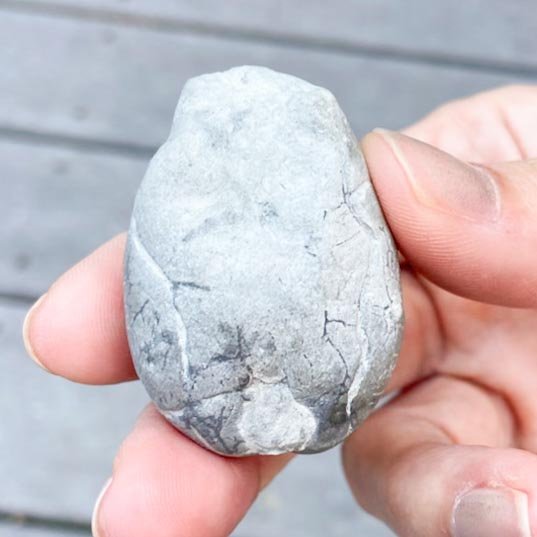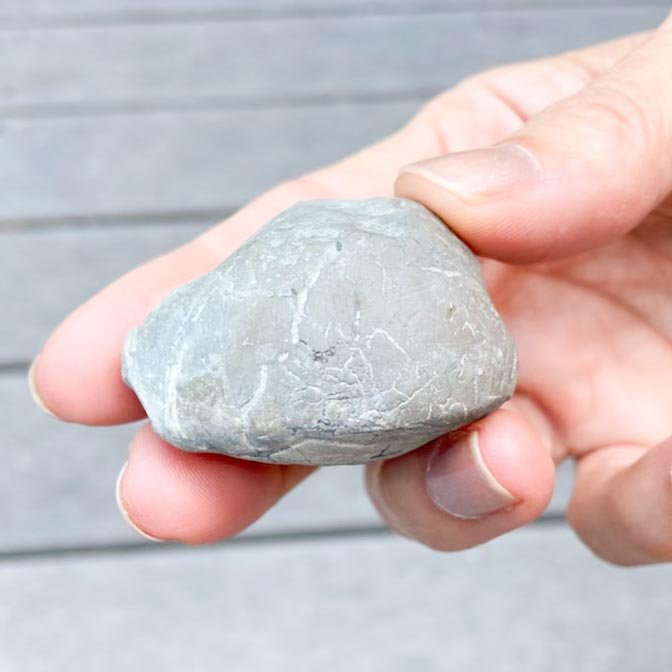Specimen Details
Matrix Dimensions
Specimen Dimensions
Shipping Dimensions
Additional Information
Sea urchins belong to the Phylum Echinodermata and includes crinoids, brittle stars and sea cucumbers. The first echinoderms appear in the Lower Cambrian period.
It has been suggested that he ancestor of all echinoderms was a simple bi-laterally symmetrical animal with a mouth, gut and anus. This ancestral organism adopted an attached mode of life with suspension feeding, and developed radial symmetry. Even so, the larvae of all echinoderms are bilaterally symmetrical, and all develop radial symmetry at metamorphosis. Like their ancestor, the starfish and crinoids still attach themselves to the seabed while changing to their adult form.









